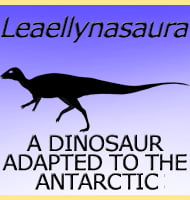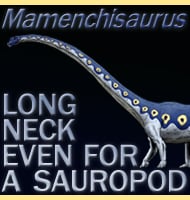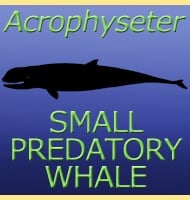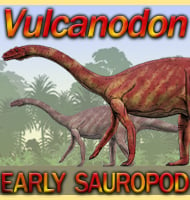In Depth
The many individuals of Palaeotherium recovered from Eocene era deposits in Europe indicate that it was one of the most common mammals across Europe (especially the Western portion) during this time. When first described by Georges Cuvier, Palaeotherium was thought to be related to the ancient Tapirs, but today it is more widely considered to be a closer relative to primitive horse. In this respect, Palaeotherium may have shared a more recent common ancestor with the horses, and represents a line of mammals that diverged slightly away from horses, but one that would ultimately not be as successful as them.
Palaeotherium was a quadrupedal mammal that was adapted to browsing low vegetation either near the ground or up to around a meter to one and half meters above it. It is unlikely that Palaeotherium could reach much farther past this mark due to skeletal limitations (depending upon the specific species). Palaeotherium was a creature that was well adapted to the forests that covered most of the Northern Hemisphere during the Eocene, but as the Eocene continued and passed in to the Oligocene, and the climate cooled and dried, these forests were slowly being replaced by grassy plains. The horses for their part adapted to these new conditions developing different teeth suitable for processing grass by grazing rather than browsing leaves like their ancestors. Older forms like Palaeotherium however, simply did not change to meet these new ecosystems, and in time went extinct as newer, better adapted herbivores replaced them.
Further Reading
- Mammals from the Bartonian (middle/late Eocene) of the Hampshire Basin, southern England, J. J. Hooker - 1986.- First occurrence of Palaeotheriidae (Perissodactyla) from the late–middle Eocene of eastern Thrace (Greece). – Comptes Rendus Palevol. 16 (4): 382–396. – Gr�goire M�tais & Sevket Sen – 2017.









